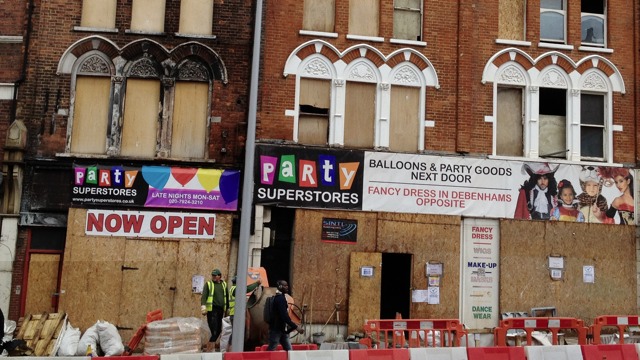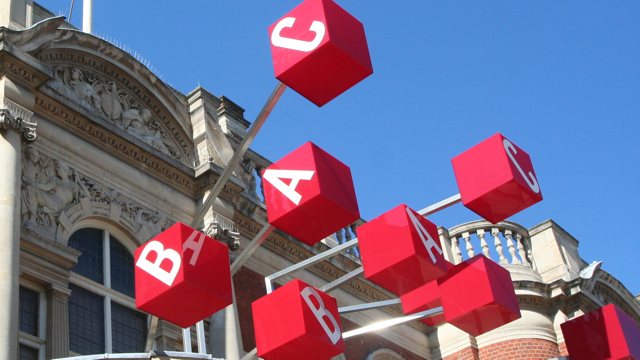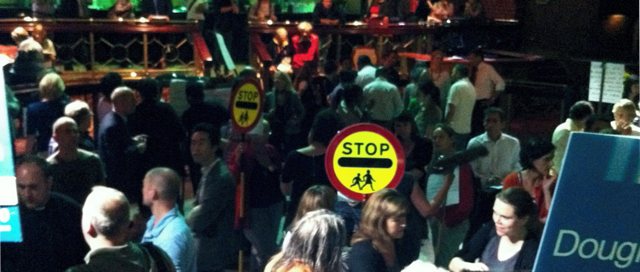
Steve Jobs once expressed frustration that Barack Obama focused on the reasons why things can’t get done instead of just doing them. Part of the problem may be that he doesn’t have as much power as people think. And this is true of all politicians; right down to the humble councillor.
The idea that there is a political class with huge executive power is a myth. The best politicians realise that, and lead by persuasion, they have a vision and invite – hopefully successfully – people to join them in making it a reality. Wandsworth can clean the streets, but we need successful businesses and people to shop there to make a vibrant town centre; we also need successful businesses and happy shoppers.
Which is why, ultimately, politics is mostly about frustration. You often won’t succeed; there will be a snag, people disagree, time runs out. You accept it, learn the lessons and move on, because you know when it does work out the hard work and failures are worth it.
And rarely do you talk about it. Perhaps because politicians don’t like failure. Perhaps because discretion is sometimes the better path.
Then sometimes you are, frankly, so pissed off by something that you want to point fingers.
And this is one of those times.
The Party Superstore on Lavender Hill is a highly visible reminder of last year’s riots. A scar on Clapham Junction that, because of the scale of damage done, will take a long time to heal.
But we wanted to put a plaster on it. Something to make the area look a bit nicer. The idea was some artwork, a backdrop of lavender, with butterflies drawn by local children.
Twee, perhaps, but a lot nicer than the currently boarding.
The council was keen, and would fund it. A local business was going to provide the artwork and materials. The Party Shop owner, Duncan Mundell, was enthusiastic every step of the way.
Sadly, Golfrate, the building owner, was not so keen. They said no.
This was a bit surprising, since it would be at no cost to them. And would make their property a little more attractive while it was repaired. And since they’d initially proposed a large advertising hoarding they can hardly oppose a display on the shop frontage.
Those less charitable than I might wonder if the council’s rejection of their massive advertising hoarding and their rejection of the artwork are related. There is an appealing simplicity in that conclusion but I have no idea how true it might be.
What I do know is that this appears to have become another example of where the council tried to bring people together to make something positive happen, but just couldn’t quite get everyone to agree. It’s sad that Golfrate, for whatever reason, couldn’t bring themselves to let other people pay to make their property a little nicer, but that is their decision.
Golfrate have every right to say no, and we have to respect that right. But I certainly don’t respect the decision.





